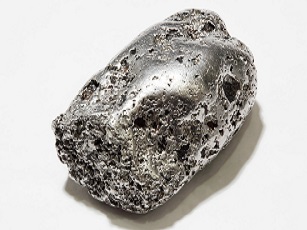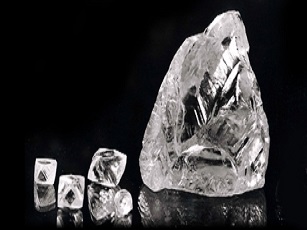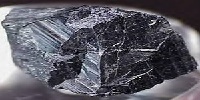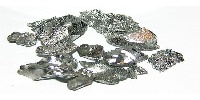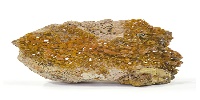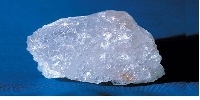Caesium Mining
CAESIUM:
Cesium, also known as caesium, is an alkali metal found in the Earth's crust. It is present in many ores as both minor and major components. Mining operations typically extract about 10 to 30 tons of cesium from select locations worldwide.
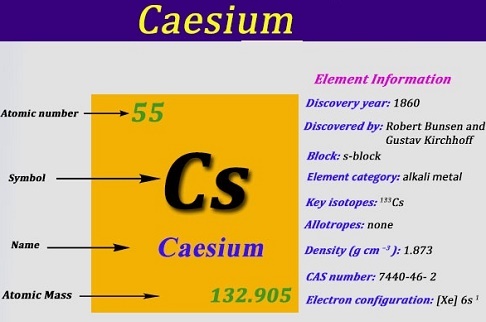
ORES:
The ores bearing cesium include sylvite (KCl), carnallite (KMgCl3·6H2O), beryl (Be3Al2(SiO3)6), avogadrite ((K,Cs)BF4), pezzottaite (Cs(Be2Li)Al2Si6O18), londonite ((Cs,K)Al4Be4(B,Be)12O28), rhodizite, pollucite (Cs(AlSi2O6)), lepidolite, and petalite. Among these ores, only pollucite is used for the commercial production of cesium because the other ores contain very small amounts of cesium compared to pollucite, which contains an average of 24%.
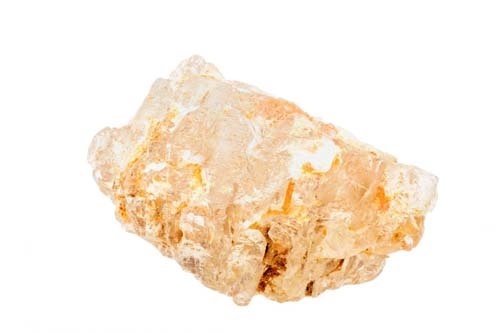
MINING OF ORE:
Pollucite, the primary cesium ore, is exclusively mined through underground methods. This process involves drilling extensive tunnels into the earth's surface. Unlike surface mining, this method generates much less waste material and poses fewer health hazards for laborers. It requires a larger workforce and more machinery. The ores are typically deposited deep below 100 meters.
The Tanco mine in Canada is the largest cesium mining operation, contributing to 75% of the world's cesium production. The USA relies entirely on the Tanco mine to meet its 100% cesium demands.
PROCESSING AND EXTRACTION:
The extraction of cesium metal from the collected pollucite ores is carried out using methods such as direct reduction, electrolysis, and acid digestion. However, before employing any of these methods, the mined ores are initially crushed. The crushed ore is then sorted manually. Hand sorting of the crushed ore is employed because pollucite ore is mostly found in pegmatites, which are indigenous rocks containing a mixture of quartz and other ore particles. The pollucite is carefully separated from the mixture and then ground.
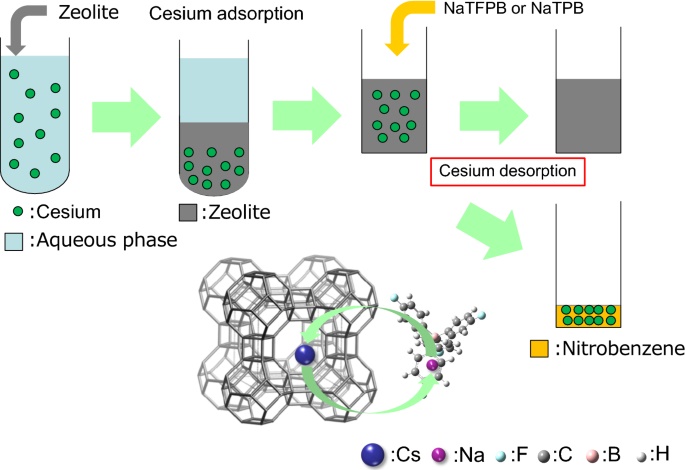
Acid Digestion:
The ground small particles are dissolved in strong acids such as hydrochloric acid (HCl), sulfuric acid (H2SO4), hydrobromic acid (HBr), or hydrofluoric acid (HF). Upon reaction with HCl, the pollucite ore produces soluble chlorides along with insoluble chlorides, forming double salts of cesium such as cesium antimony chloride (Cs4SbCl7), cesium iodine chloride (Cs2ICl), or cesium hexachlorocerate (Cs2(CeCl6)).
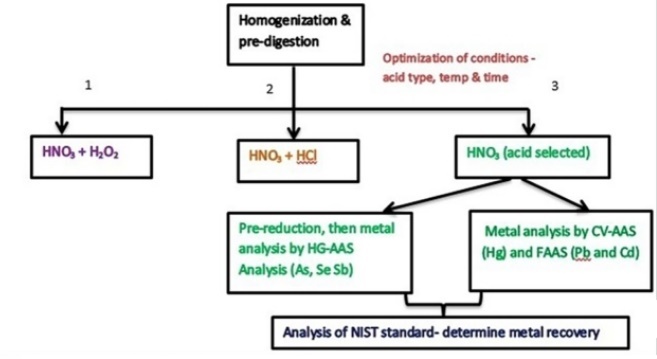
From the reaction, the insoluble caesium salts are separated and precipitated, where pure double salts are decomposed, and caesium chloride is collected as a precipitate by evaporating the water. Then, the resultant caesium chloride is reduced into metal by potassium, sodium, or calcium in a vacuum atmosphere. In the case of sulfuric acid, the insoluble double salts produced are caesium alum (CsAl(SO4)2·12H2O), which is directly reduced into caesium metal by sodium, potassium, or calcium in a vacuum.
Direct Reduction:
The caesium chloride or caesium halides obtained directly from the pure components of the ore can be reduced into caesium metal. The reduction process is carried out with calcium or barium at temperatures of 700 to 800°C. This method can only be applied when pure components are present in the ores initially.
Electrolysis:
In electrolysis, high-quality, gas-free pure caesium can be produced. Initially, the collected ground ore is converted into caesium cyanide. Then, caesium cyanide undergoes an electrolytic process with a cathode and anode, during which the caesium fused with the cyanide is extracted and drawn out in a vacuum atmosphere, producing pure metal.
The world's most significant caesium production occurs in Canada at the Tanco mine near Bernic Lake. Additionally, production takes place in Bikita, Zimbabwe, and the Karibib Desert in Namibia.
DEFINITION:
Cesium is not mined in the United States. Pollucite, the principal ore mineral of cesium, is imported as concentrate from Canada by one company in the United States. There are occurrences of pollucite in pegmatites in South Dakota and Maine. Due to its high density, the primary use of cesium is in the manufacture of specialty, high-density drilling fluids used in the global oil and gas exploration industry.
APPLICATION:
Caesium is used as a catalyst in the hydrogenation of certain organic compounds.
-
Radioactive isotopes of caesium are used in the medical field to treat certain types of cancer.
Caesium fluoride is extensively used in organic chemistry as a base and as a source of anhydrous fluoride ions.
Related Mining

